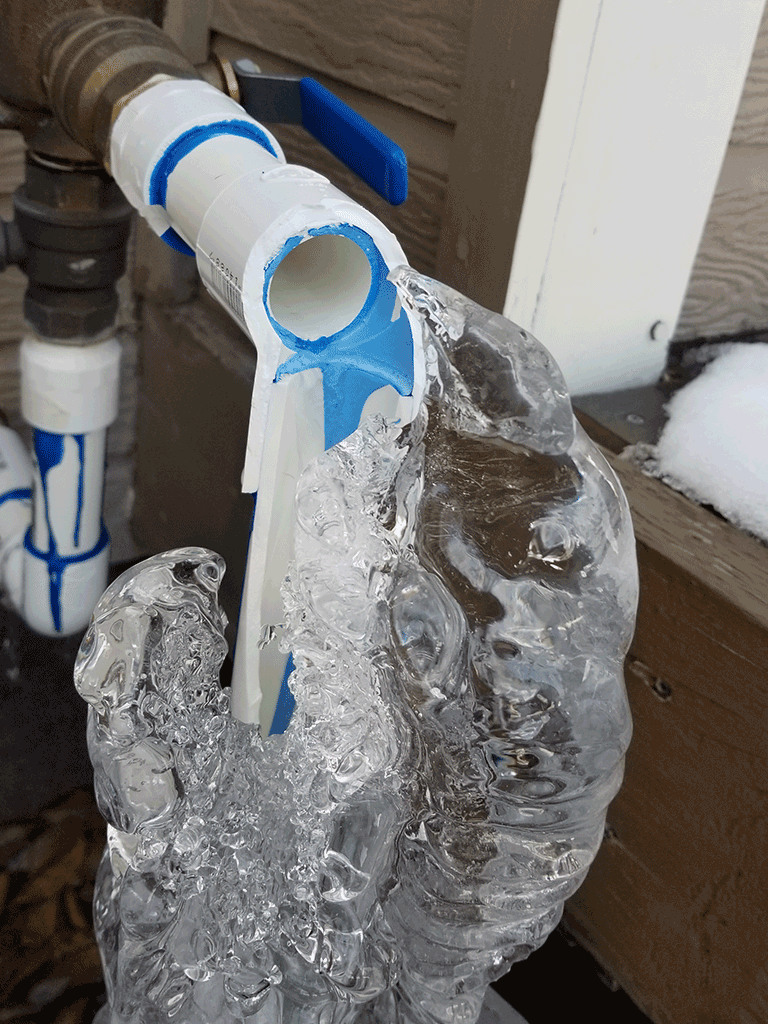Preventing Frozen Pipes in Cold Weather: Expert Tips
Preventing Frozen Pipes in Cold Weather: Expert Tips
Blog Article
They are making a number of great observations related to How To Avoid Freezing Pipes as a whole in this great article just below.

Cold weather can wreak havoc on your pipes, specifically by freezing pipelines. Below's how to avoid it from occurring and what to do if it does.
Intro
As temperatures drop, the risk of frozen pipelines rises, potentially bring about costly repair work and water damages. Recognizing just how to stop frozen pipelines is essential for home owners in cool climates.
Avoidance Tips
Shielding at risk pipes
Cover pipes in insulation sleeves or utilize heat tape to shield them from freezing temperatures. Focus on pipelines in unheated or exterior locations of the home.
Heating strategies
Keep interior areas properly heated, particularly locations with plumbing. Open up cabinet doors to enable cozy air to circulate around pipes under sinks.
Exactly how to recognize icy pipes
Search for reduced water flow from faucets, unusual smells or noises from pipes, and noticeable frost on revealed pipes.
Long-Term Solutions
Structural modifications
Consider rerouting pipelines away from exterior wall surfaces or unheated areas. Add extra insulation to attic rooms, cellars, and crawl spaces.
Updating insulation
Purchase high-grade insulation for pipelines, attic rooms, and walls. Appropriate insulation helps preserve consistent temperatures and minimizes the danger of frozen pipes.
Safeguarding Exterior Pipes
Garden hoses and outdoor taps
Separate and drain pipes yard pipes before winter season. Install frost-proof spigots or cover outdoor faucets with shielded caps.
Comprehending Frozen Pipes
What causes pipes to freeze?
Pipelines ice up when exposed to temperature levels below 32 ° F (0 ° C) for expanded periods. As water inside the pipes freezes, it broadens, taxing the pipe walls and potentially causing them to break.
Risks and problems
Icy pipes can cause supply of water disturbances, residential property damage, and pricey repairs. Burst pipelines can flood homes and create substantial structural damage.
Signs of Frozen Piping
Determining frozen pipelines early can stop them from rupturing.
What to Do If Your Pipelines Freeze
Immediate actions to take
If you think icy pipes, maintain faucets available to ease pressure as the ice thaws. Use a hairdryer or towels soaked in warm water to thaw pipes gradually.
Final thought
Avoiding icy pipes requires positive steps and fast responses. By comprehending the reasons, signs, and safety nets, property owners can secure their plumbing throughout cold weather.
5 Ways to Prevent Frozen Pipes
Drain Outdoor Faucets and Disconnect Hoses
First, close the shut-off valve that controls the flow of water in the pipe to your outdoor faucet. Then, head outside to disconnect and drain your hose and open the outdoor faucet to allow the water to completely drain out of the line. Turn off the faucet when done. Finally, head back to the shut-off valve and drain the remaining water inside the pipe into a bucket or container. Additionally, if you have a home irrigation system, you should consider hiring an expert to clear the system of water each year.
Insulate Pipes
One of the best and most cost-effective methods for preventing frozen water pipes is to wrap your pipes with insulation. This is especially important for areas in your home that aren’t exposed to heat, such as an attic. We suggest using foam sleeves, which can typically be found at your local hardware store.
Keep Heat Running at 65
Your pipes are located inside your walls, and the temperature there is much colder than the rest of the house. To prevent your pipes from freezing, The Insurance Information Institute suggests that you keep your home heated to at least 65 degrees, even when traveling. You may want to invest in smart devices that can keep an eye on the temperature in your home while you’re away.
Leave Water Dripping
Moving water — even a small trickle — can prevent ice from forming inside your pipes. When freezing temps are imminent, start a drip of water from all faucets that serve exposed pipes. Leaving a few faucets running will also help relieve pressure inside the pipes and help prevent a rupture if the water inside freezes.
Open Cupboard Doors
Warm your kitchen and bathroom pipes by opening cupboards and vanities. You should also leave your interior doors ajar to help warm air circulate evenly throughout your home.

Do you enjoy reading up on Preventing and dealing with frozen pipes? Give a comment down the page. We will be pleased to listen to your insights about this review. We are looking forward to see you back again in the future. Sharing is good. One never knows, you may very well be doing someone a favor. I am grateful for your time. Please pay a visit to our website back soon.
View Report this page